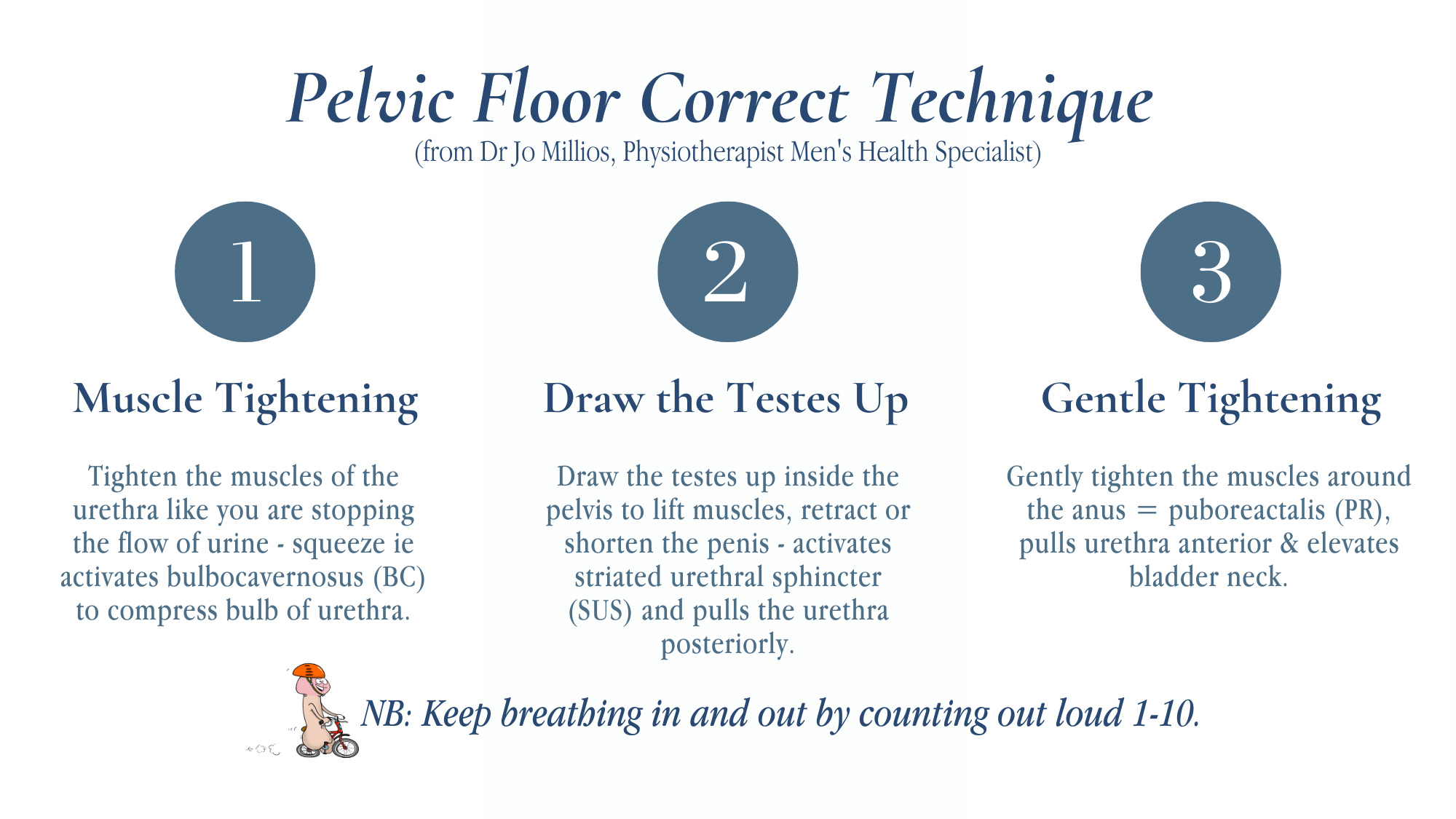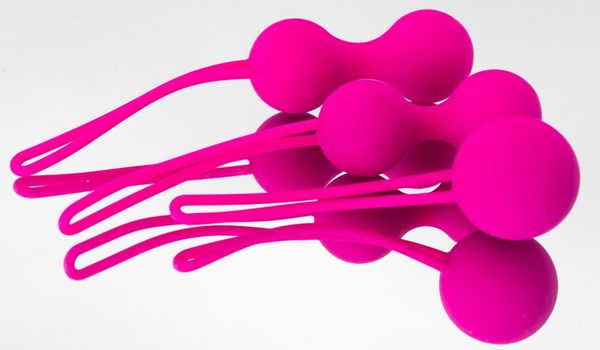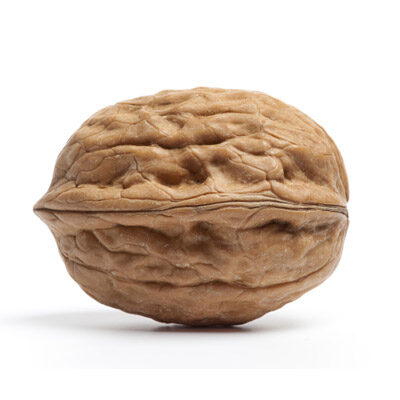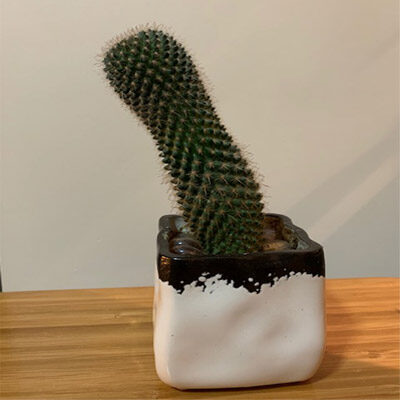What are Pelvic Floor (PC) muscles?
Pelvic floor (Kegel) muscles are found between the coccyx (tailbone) and pubic bone in your pelvis.
Imagine a basket or hammock of muscles in your pelvis.
Most women know they have them, but many men have never thought about their pelvic floor.
The job of the pelvic floor is to support the bowel and bladder for all, as well as the uterus and vagina for people who have them.
Many people refer to these muscles as ‘core’ muscles.
These muscles work with your abdominal, back muscles, and diaphragm to stabilize your spine. The most important to know is pelvic floor is important for men and women, it is often only talked about with women but read on and you will see how important they are for men too.
How does one identify Pelvic floor (male and female)?
The best way to know where they are is this:
- stop your urine stream in mid-flow and this is the pelvic floor muscles doing the job (do not do this more than a couple of times a week as you may cause problems).
In a person with a penis, these are also the muscles that are used when you wave your penis up and down!
A good way to identify where they are is to sit or lie down and visualize squeezing the muscles to stop flow or urine or to stop a sneaking fart.
Focus on drawing these muscles inwards and now you know where your pelvic floor muscles are.
How can you tell if your pelvic floor is weak?
Signs your pelvic floor is weak are:
- Lower back pain
- Leaking urine with you cough, sneeze, laugh, or when lifting heavy things
- Poor quality orgasms or anorgasmia- yes that is right, you heard me, the stronger your pelvic floor the more intense the orgasm!
The stronger your pelvic floor, the more intense the orgasm!
What are the benefits of kegel exercises? As well as sexually.
The benefits are:
- Better, more intense orgasm
- Reduced risk of vaginal prolapse
- Improved continence particularly after prostate cancer or pelvic surgery
- Reduces risk of rectal(bowel) prolapse
How to perform Kegels at home?
It really is best to see a pelvic health physiotherapist who is trained in pelvic health to do a proper assessment and teach you how to do them properly using a real-time ultrasound machine. Seeing through the ultrasound, it will show you whether you're doing it properly or not.
Now that you can feel the muscles working, you can:
- Use your muscles to pull your scrotum upwards
- Squeeze and draw in the muscles around your urethra (urine tube) and anus (back passage) at the same time. Lift your scrotum up. You should have a sense of lift each time you squeeze your pelvic floor muscles. Try to hold the muscles strongly and tightly for as long as you can. Then let them go. Relax and rest for a few seconds. You should have a distinct feeling of letting go.
- Repeat the squeeze and lift and letting go. It is best to rest for about eight seconds in between each squeeze of the muscles. Try to hold for about eight seconds. If you can’t hold for eight, just hold for as long as you can.
- Repeat this squeeze and lift as many times as you can. Try to aim for between eight to twelve squeezes.
- Aim to do three sets of eight to twelve squeezes each, with a rest in between. A training program is three sets of up to eight to twelve squeezes.
- Do this whole training program every day. Try sets while lying down, sitting or standing.
Use your pelvic floor muscles as part of your daily routine. You can brace your pelvic floor muscles to avoid leaking. This is called ‘the knack’. Try to brace your pelvic floor muscles before you do physical tasks such as lifting things, swinging your golf club, or digging in the garden. Brace your pelvic floor muscles before doing anything likely to make you leak.
While doing pelvic floor muscle training:
- Do not hold your breath
- Only squeeze and lift
- Do not tighten your buttocks
- Do not use your tummy muscles.

What devices or tools can you use for pelvic floor rehabilitation and training? (Kegel balls, etc…?)
As above, see a pelvic floor physio.
Kegel balls, pelvic health trainers - I particularly like the Elvie for women as it connects to your phone and tells you whether you're doing it properly or not.
It is a bit harder for guys as they just need to do the exercises.
What is pelvic floor therapy?
Classes such as yoga, Pilates and physiotherapists specialized in this area will provide pelvic floor therapy.
What triggers pelvic floor dysfunction?
Pelvic floor muscles can be made weaker by:
- Constipation
- Being overweight
- Heavy lifting including weights at the gym
- Coughing that goes on for a long time such as with asthma, bronchitis, or a chronic cough
- Surgery for bladder and bowel problems
- Childbirth
Do kegel weights make you tighter?
Yes, in women, they strengthen the vaginal muscles and therefore, provide a tighter closure around the urethra, vagina, and rectum.
Does pelvic floor therapy work?
This is a BIG yes.
The best example of this is men who have prostate cancer surgery and are incontinent, then they do pelvic floor exercises and magic, they are dry!!
This is an obvious example but a good one.
Also, I see many men and women with poor quality orgasms, anorgasmia, and pelvic pain all of which are improved by doing pelvic floor training – correctly!
Having issues with your sex drive, experiencing sexual performance anxiety, erectile dysfunction or another problem down there? Book a consultation with one of our practitioners.
Email admin@rshealth.com.au or click on the button below.














